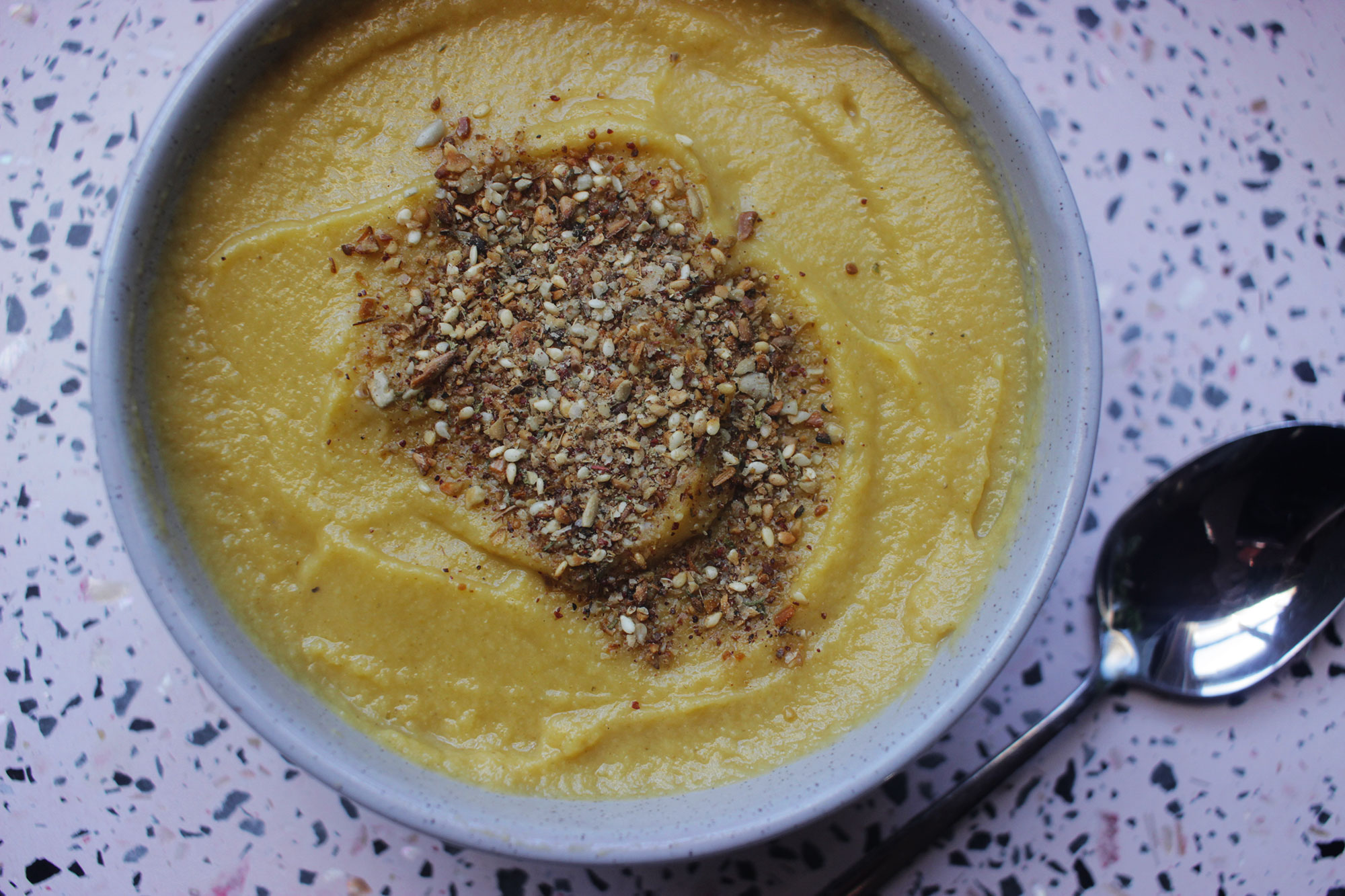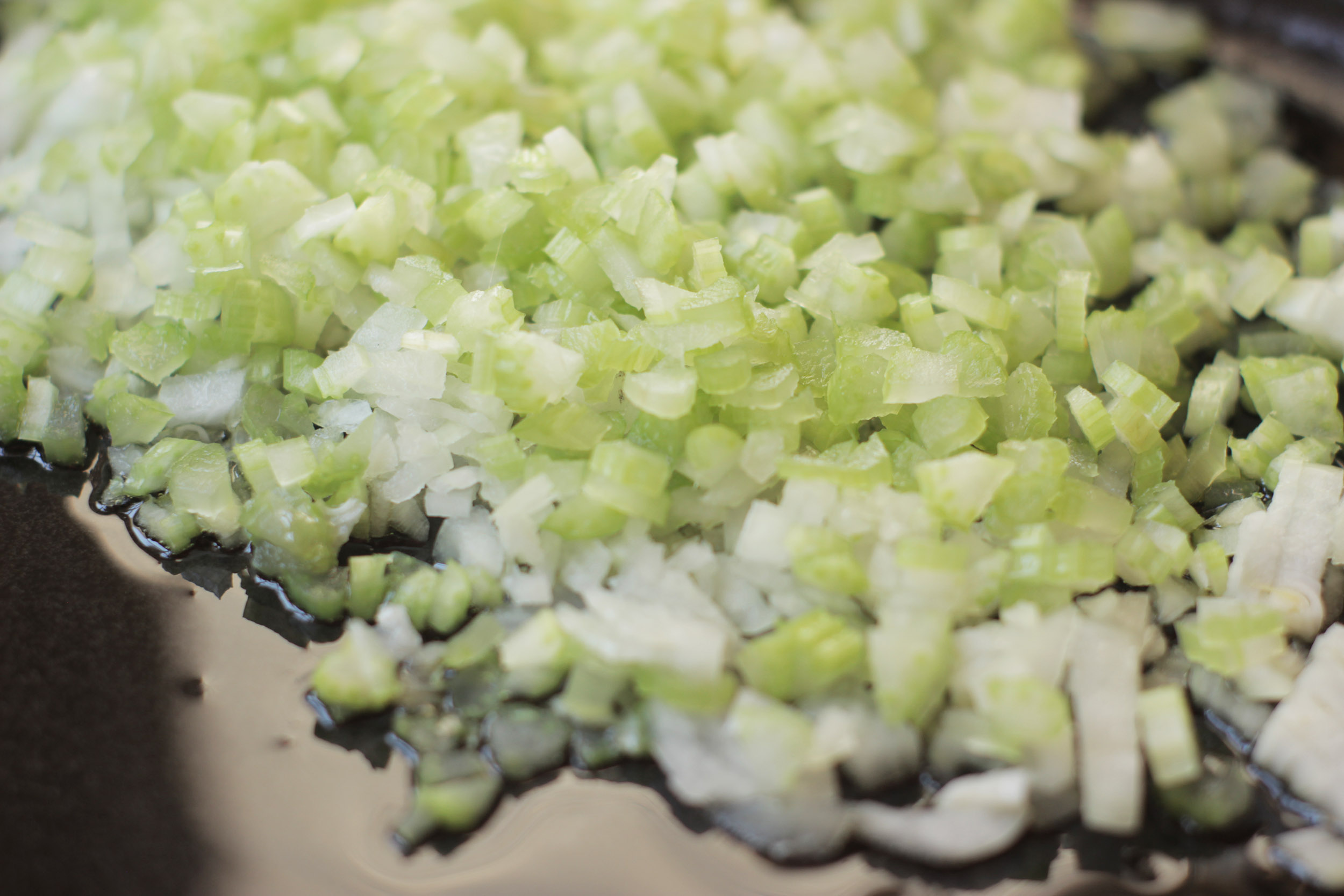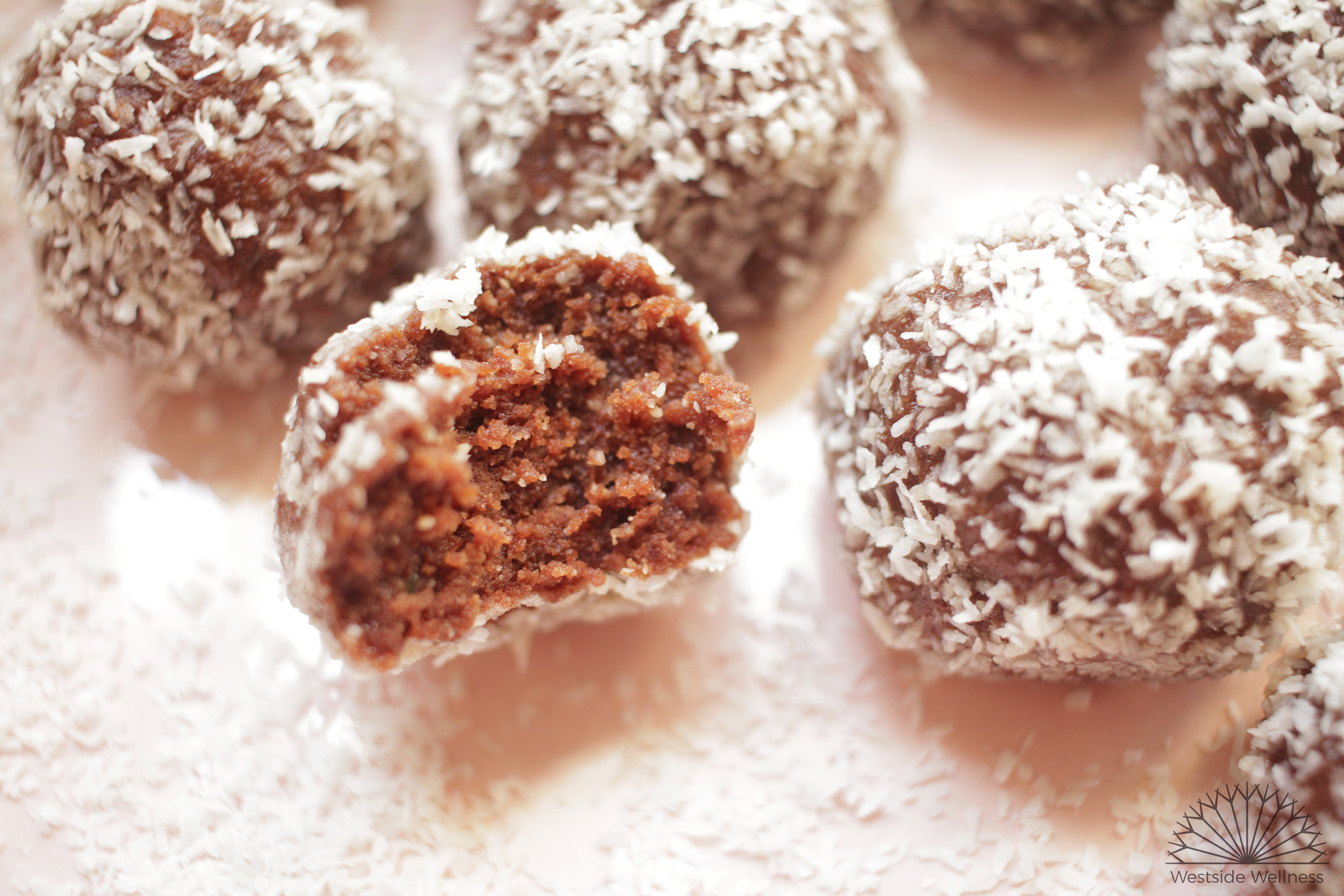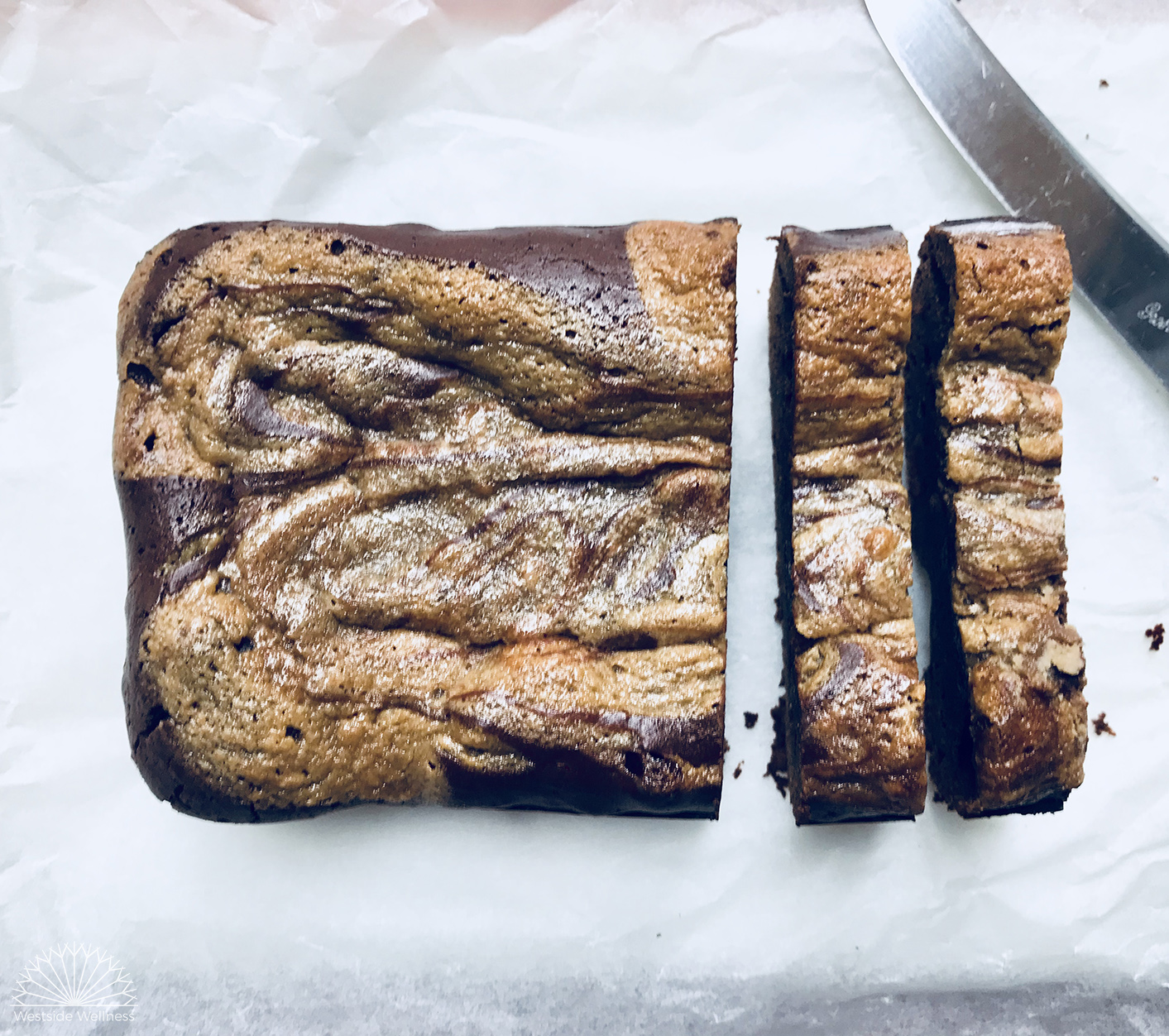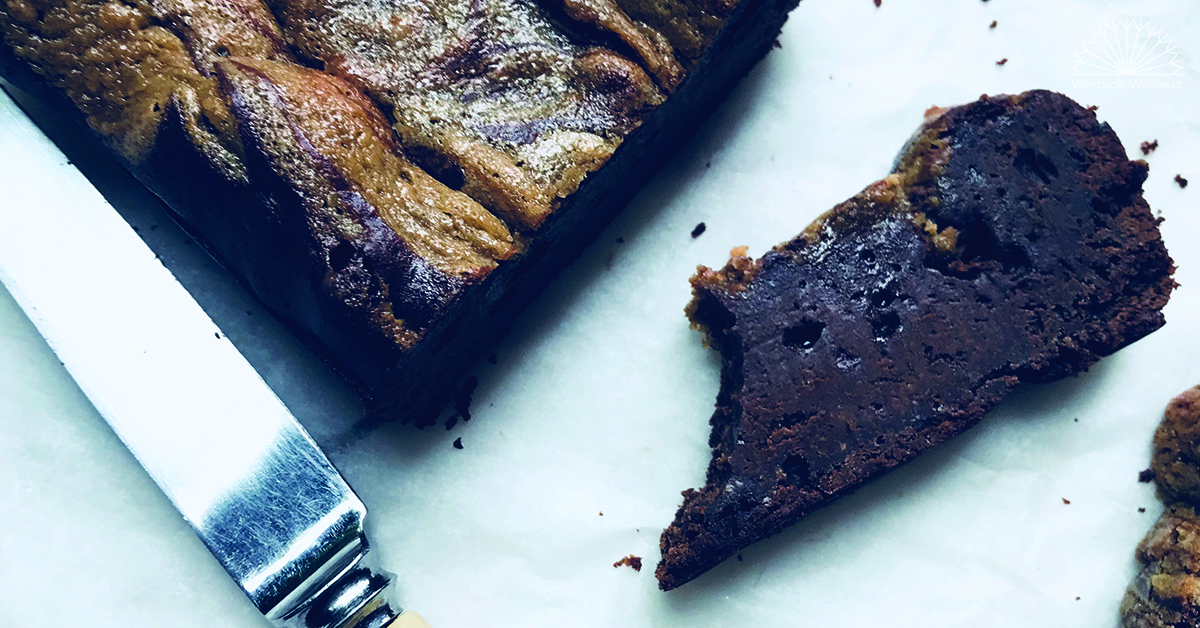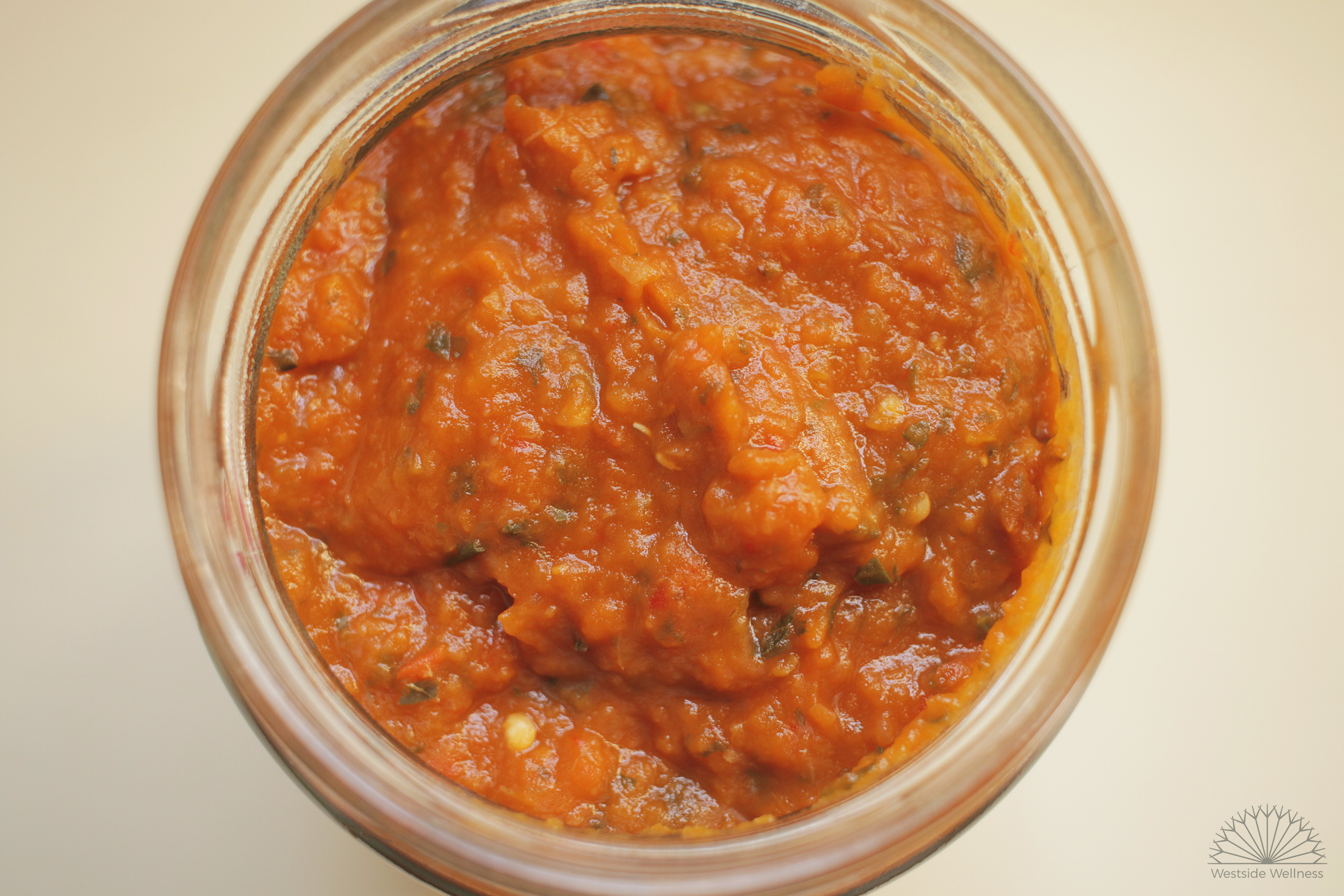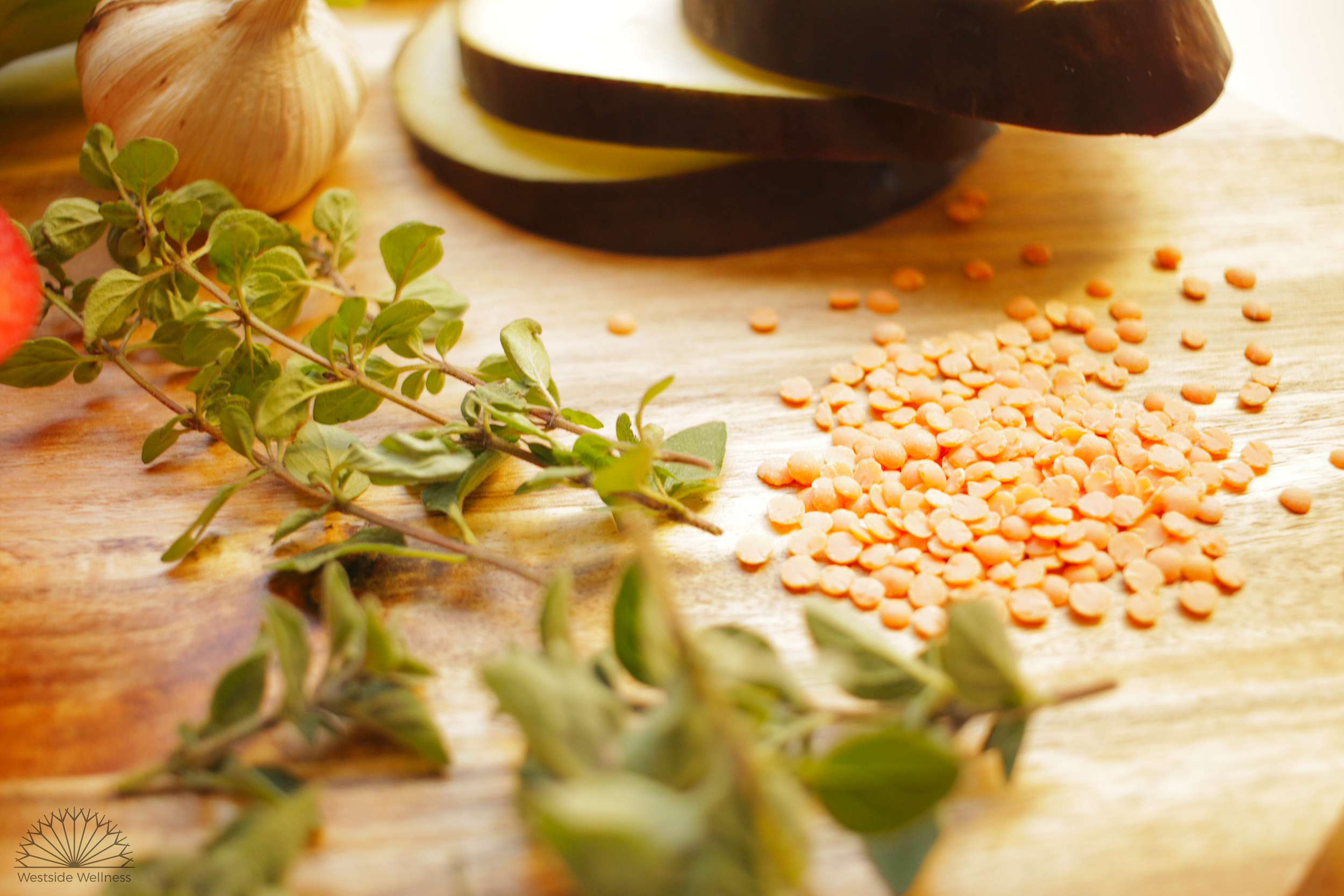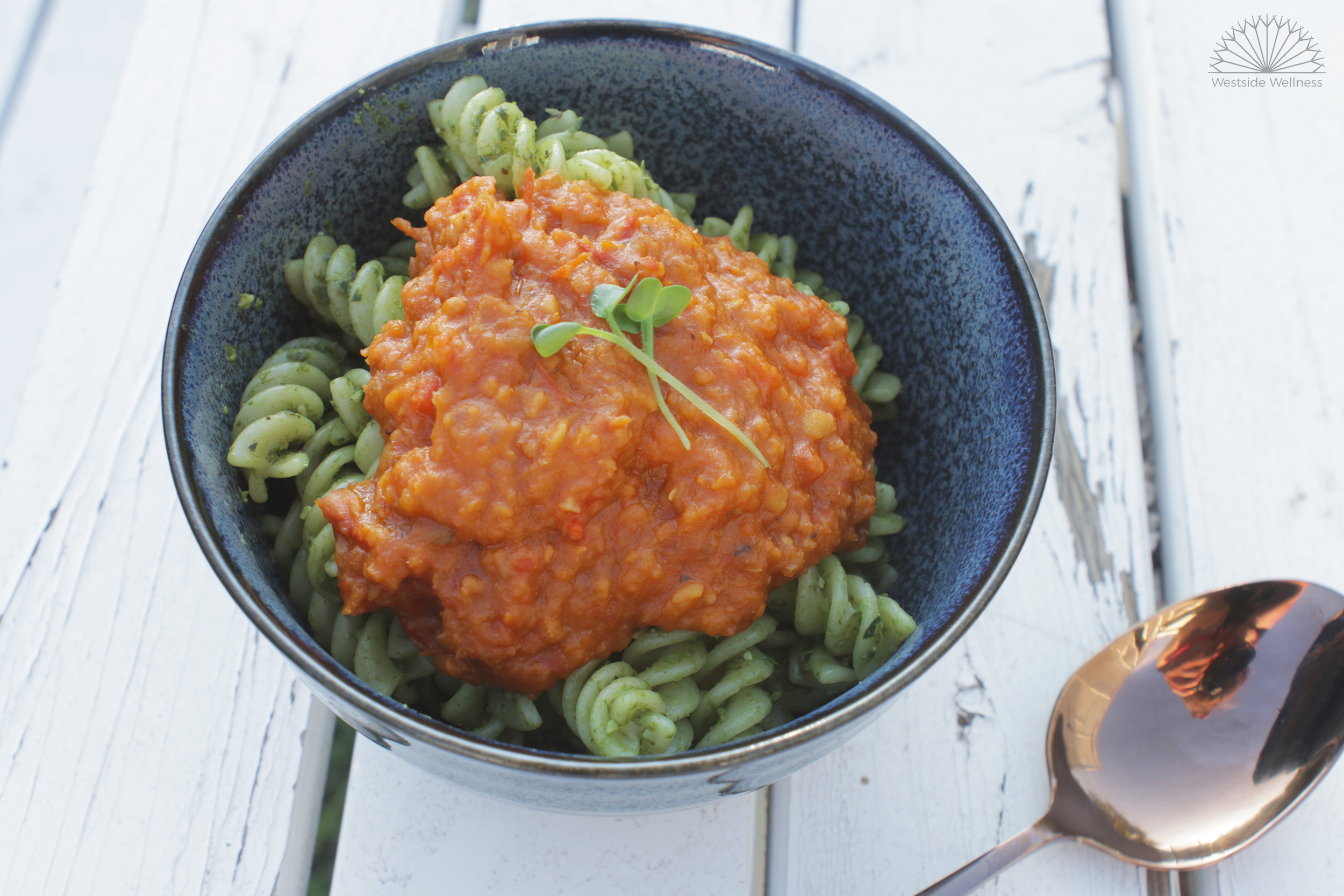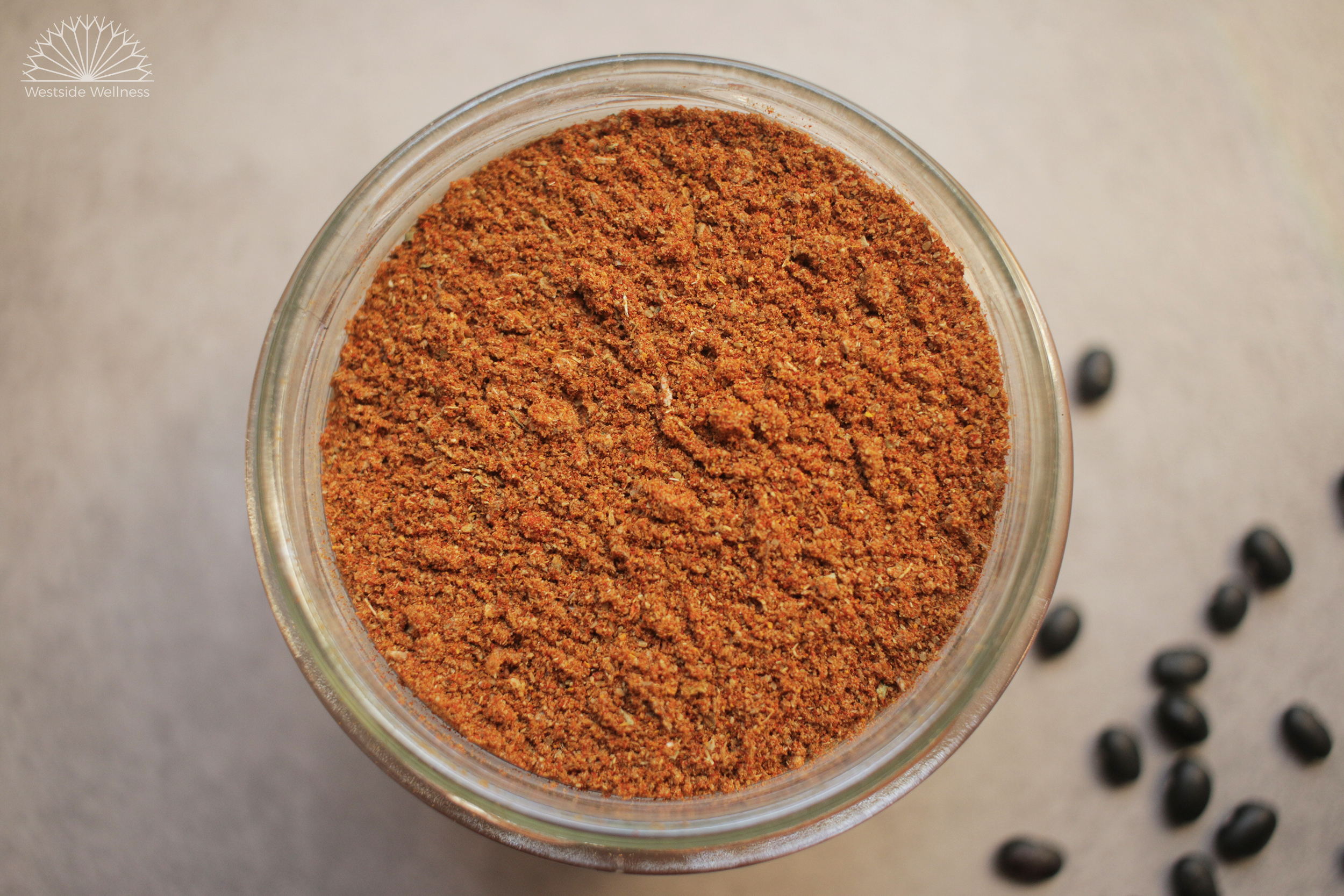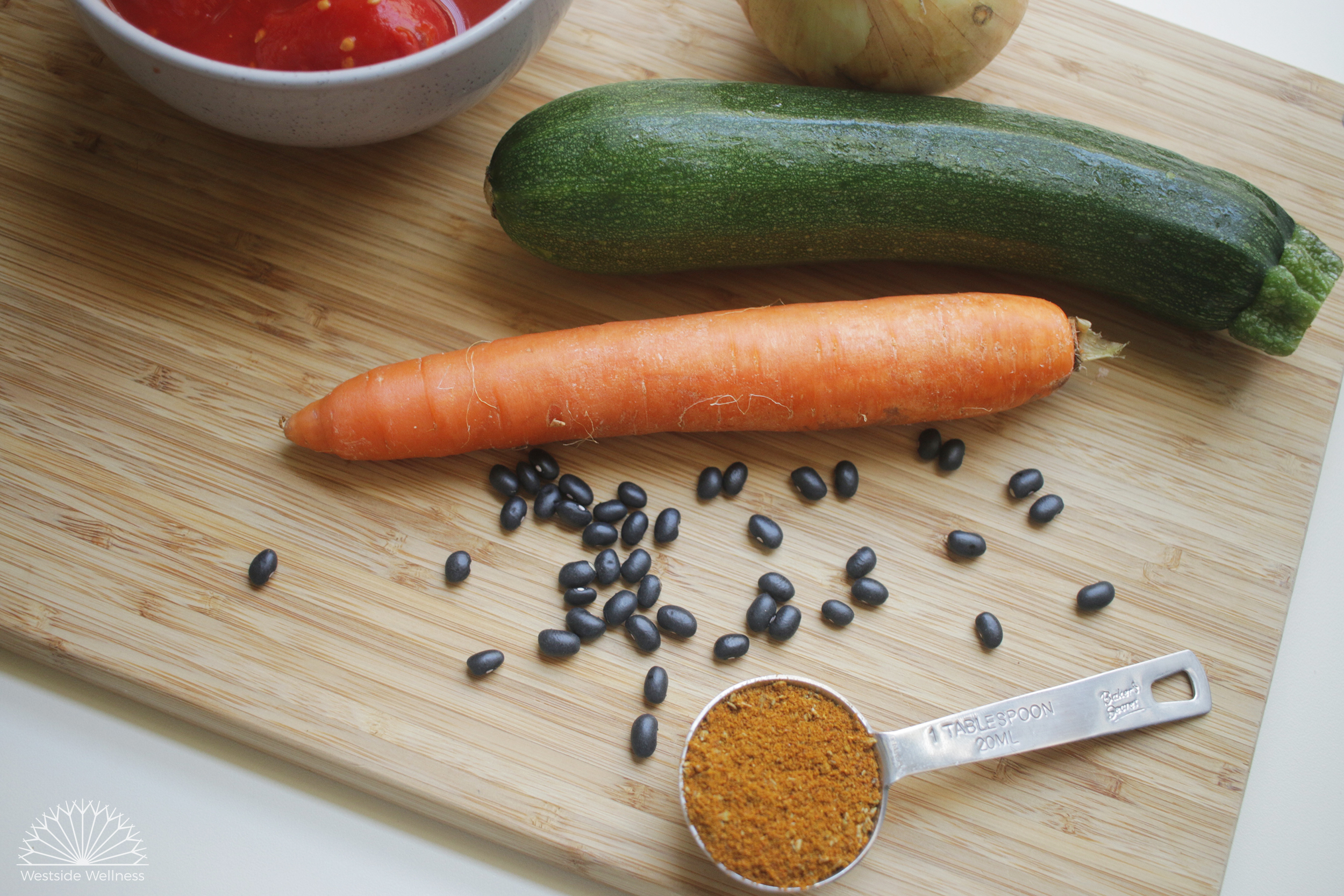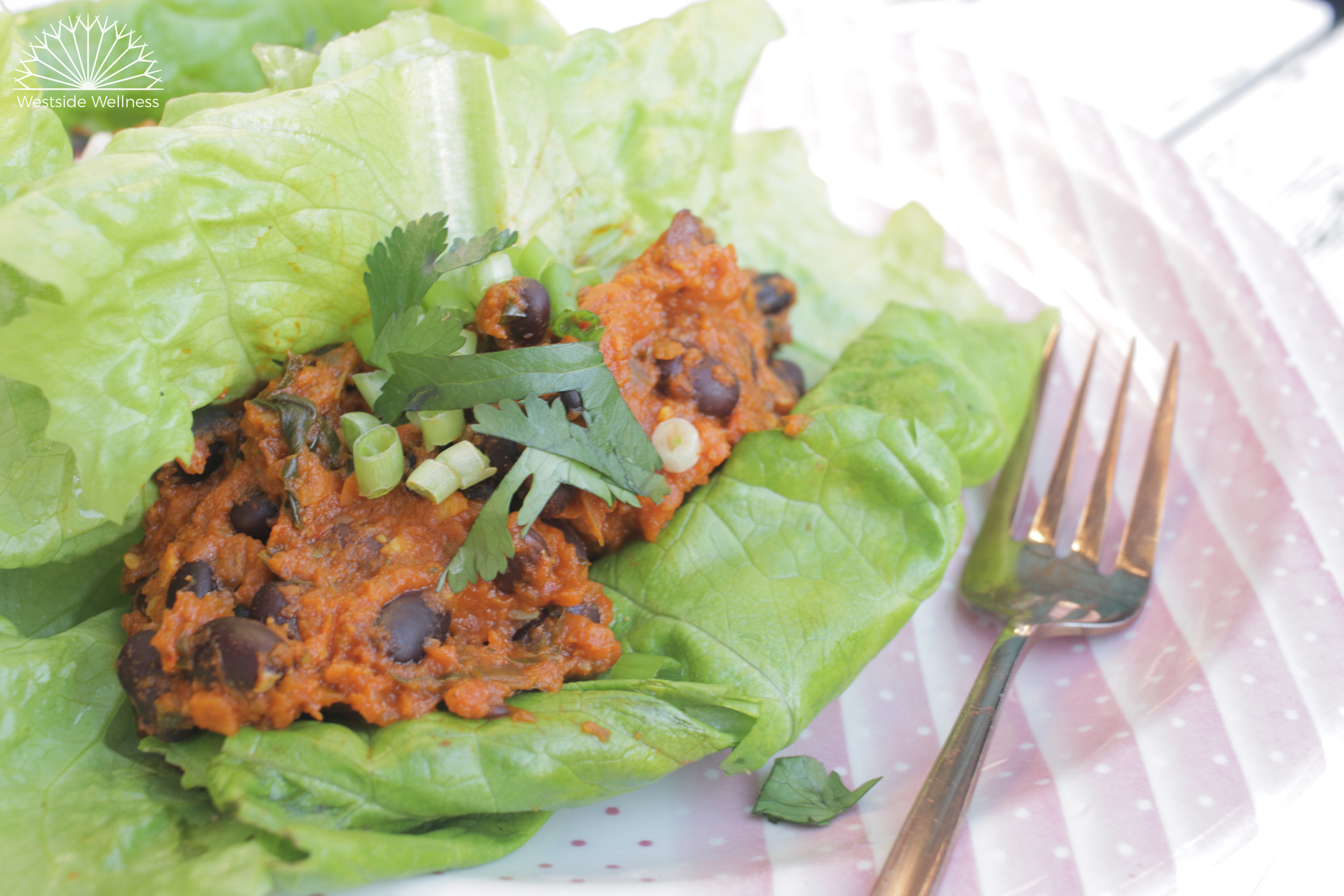I first starting creating recipes whilst doing my naturopathy degree well over 15 years ago. At first I was creating basic healthy recipes, ones loaded with veggies and variety, but as I started to see real life clients in the student clinic with a range of food intolerances and allergies I realised I needed recipes that also contained alternatives to things like gluten, dairy and eggs.
In the beginning I was giving my clients recipes I’d found online without having tried them first, but when one of my supervisors asked me if I’d tried a particular recipe I knew I had to go back to the drawing board. I made a couple of gluten free recipes and they were GROSS; they generally required supermarket packet gluten free flour blends and always required xanthan gum! And recipes that eggs or dairy had ‘alternatives’ like ‘you should be able to substitute eggs for mashed banana but I haven’t actually tried that’ .
So I got experimenting, and sure some of my earlier recipes were probs a bit gross, but as time went on I became a pro at creating delicious recipes that catered to a range of dietary requirements. Many years later I wanted a gluten and grain free cracker recipe was soft and flaky (I am a HUGE cracker fan) and after a bit of work, these crackers came along. And boy, were they a HUGE hit with my then 2 year old. He would devour a whole batch within a day and cry asking for more ‘white crackers’. As time went on I learnt to make a double batch so that I would get some too!
My youngest son still loves these crackers to this day and asks for a batch almost weekly, hence the name ‘Henri’s Crackers’.
These are fairly easy to make once you get the hang of how the pastry should feel. And once you do nail it, they’ll be a hit with everyone you serve them too. They are always popular at parties when I serve them alongside dips and cheeses.
I hope you enjoy them as much as I do!
Prep time: 5 minutes
Cooking time: 10-15 minutes
Total time: 15-20 minutes
INGREDIENTS
1 cup tapioca/arrowroot flour
¾ cup almond meal
1 tbs apple cider vinegar
1 tbs coconut oil
½ tsp salt
2 tbs savoury yeast flakes
1 egg
METHOD
Preheat your oven to 180 degrees.
Combine the wet ingredients first and then add the dry ingredients and combine until well mixed. Add almond meal 1 tbs at a time if too wet or coconut oil ½ tbs at a time if too dry. Your dough should be soft and semi-pliable but not sticky.
Roll out dough on a piece of baking paper or baking mat until its approximately 0.5 cm thick. Using a pizza cutter or knife, score the dough to make cracker sized squares/rectangles/ diamonds.
Using a fork, gently poke a few holes into each cracker. This will assist with preventing cracking.
Transfer baking sheet with dough onto a baking tray and bake for 10-15 minutes or until golden brown.
Allow to cool completely before breaking the crackers up. Store in an airtight container.








